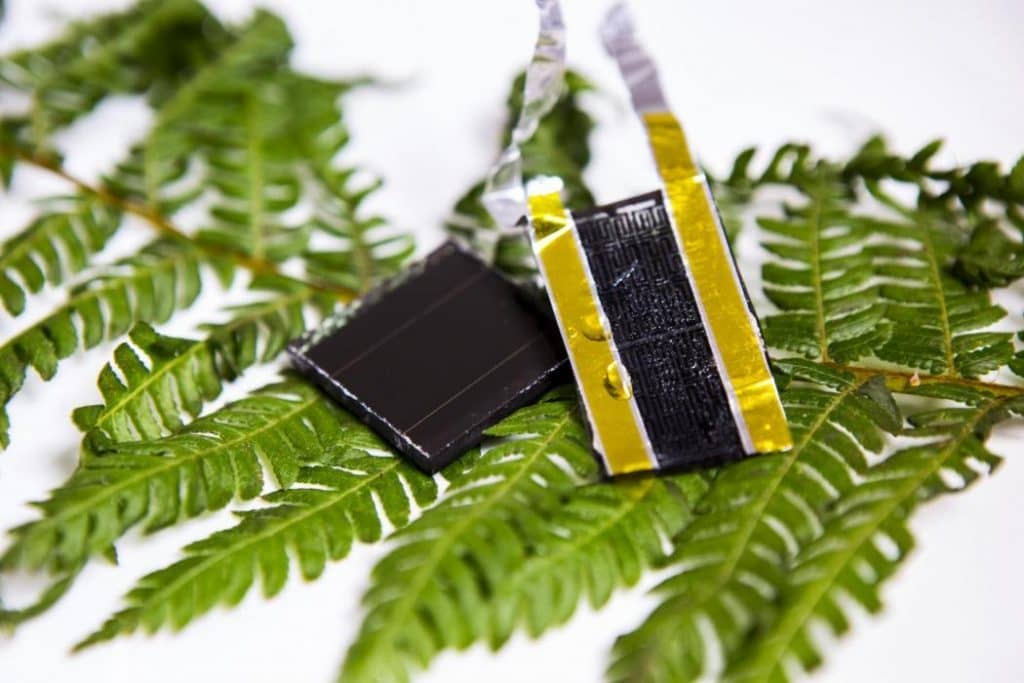Graphene, the super material of this decade, is again in the headlines for it’s another astonishing application! A team from RMIT University in Melbourne, Australia claims that they have made a graphene-based electrode that can be used in current solar storage technologies to boost their efficiency up to 3,000 percent!
But this astonishing technology doesn’t involve graphene only. The engineers took much of their inspiration from nature, as the structure of electrode has been copied from an American plant known as the Western Swordfern. These ferns, also known as Polystichum munitum, are found all along the Pacific coast and have unique veins in the replicating patterns called fractals.
The fractals allow the Swordferns to have highly packed leaves while making them incredibly efficient at storing and transporting nutrients and water. The team at RMIT say that they have closely analyzed this pattern in particular to replicate the speedy transportation capability.
Professor Min Gu. Gu, Head of the Laboratory of Artificial Intelligence Nanophotonics and Associate Deputy Vice-Chancellor for Research Innovation and Entrepreneurship, said,
“Our electrode is based on these fractal shapes — which are self-replicating, like the mini structures within snowflakes — and we’ve used this naturally-efficient design to improve solar energy storage at a nano level.”
Gu, along with lead author Litty Thekkekara, employed graphene to replicate the patterns in the fern’s fronds.
“The immediate application is combining this electrode with supercapacitors, as our experiments have shown our prototype can radically increase their storage capacity — 30 times more than current capacity limits,” Gu noted.
Graphene is almost too good to be true, as it exhibits the properties of superconductor even without getting heated up. As compared to other materials, it is quite flexible and durable when it comes to storage and transportation. Thekkekara added,
“The electrode can be used directly with a solar cell to provide “on-chip energy harvesting and storage solution. We can do that now with existing solar cells but these are bulky and rigid. The real future lies in integrating the prototype with flexible thin film solar – technology that is still in its infancy,” she said.
“Flexible thin film solar could be used almost anywhere you can imagine, from building windows to car panels, smartphones to smart watches. We would no longer need batteries to charge our phones or charging stations for our hybrid cars.”
For more details, you can go through the research paper in the latest issue of Scientific Reports

